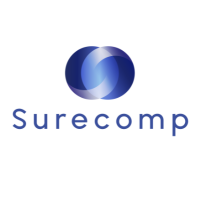AI, Digital Adoption, and Real Transparency – Questions from Our Trade Finance Session
By treasuryXL & Surecomp
During the recent session with Surecomp, some sharp questions came up. Here is how our panelists tackled them.
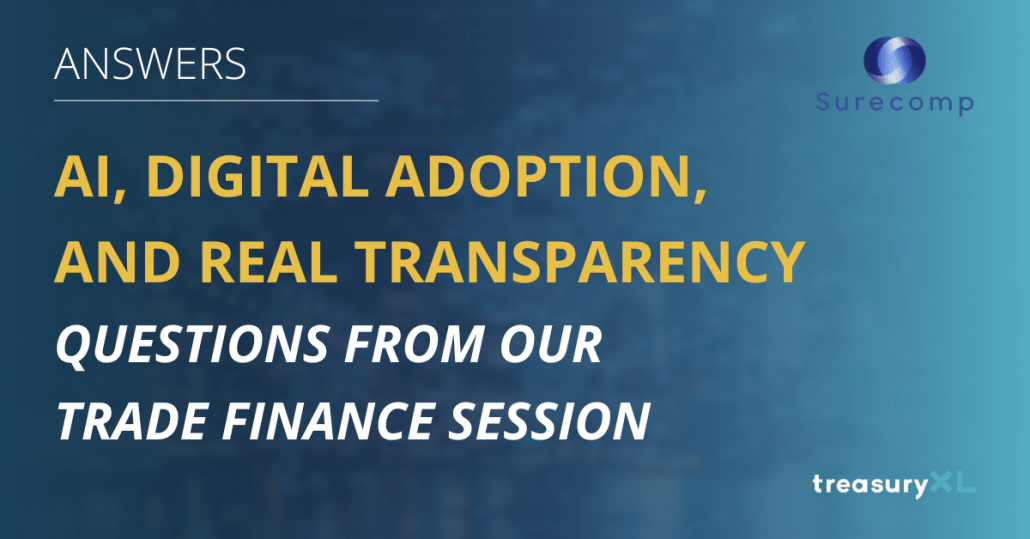
1. How are AI-driven trade intelligence tools helping businesses anticipate and adapt to sudden tariff changes across markets?
Michael responded that predicting sudden changes is difficult (e.g., what Trump will say), but banks should have tools to immediately assess the impact once information is out there. AI can help analyze the impact of tariff changes quickly, enabling faster decision-making.
Enno added that having all trade finance instruments on a digital platform allows quick portfolio exposure analysis by clicking a button, enhancing transparency and enabling rapid reactions
2. What are the biggest adoption barriers for digital trade platforms today: cost, complexity, or internal resistance to change?
Patrick answered that cost is generally not a major barrier because the business case is strong. The main barrier is change management within organizations. He emphasized viewing digital adoption as a transition rather than a leap, progressing from analog to digitizing, then to digitalizing processes. Internal resistance and complexity related to change management pose a greater challenge than cost.
3. How are digital trade platforms helping agri-commodity traders navigate tariff volatility, especially with increasing scrutiny around food security and cross-border regulations?
Michael noted that digital trade platforms allow adaptability and quick action in times of volatility, which is critical. While scrutiny and regulations are relevant, having a digital platform connecting all parties makes incorporating future regulatory requirements easier. However, he cautioned that a universal platform is not yet available, so progress is incremental.
4. Can trade platforms truly deliver end-to-end visibility and control, or are most operating in silos (commercial, compliance, logistics, or finance)?
Enno explained that achieving true end-to-end visibility is possible if the platform is built with openness in mind. For example, on RIVO, users can invite any counterparty to collaborate on the same transaction, effectively breaking down traditional silos and enabling seamless cross-functional cooperation.
Patrick added that improved interoperability and connectivity between platforms are further enhancing the trade ecosystem, signalling real progress toward integrated visibility and control.
If you want the full story, you can watch the webinar recording below.
Can’t get enough? Check out these latest items
 https://treasuryxl.com/wp-content/uploads/2025/01/Nomentia-BLOGS-featured-1.png
200
200
treasuryXL
https://treasuryxl.com/wp-content/uploads/2018/07/treasuryXL-logo-300x56.png
treasuryXL2025-10-27 07:00:392025-10-24 11:48:40The key to cash flow visibility across multiple banks
https://treasuryxl.com/wp-content/uploads/2025/01/Nomentia-BLOGS-featured-1.png
200
200
treasuryXL
https://treasuryxl.com/wp-content/uploads/2018/07/treasuryXL-logo-300x56.png
treasuryXL2025-10-27 07:00:392025-10-24 11:48:40The key to cash flow visibility across multiple banks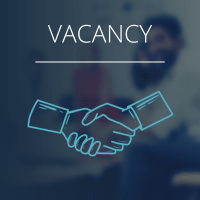 https://treasuryxl.com/wp-content/uploads/2024/01/Template_VACANCY-featured.png
200
200
treasuryXL
https://treasuryxl.com/wp-content/uploads/2018/07/treasuryXL-logo-300x56.png
treasuryXL2025-10-24 08:26:302025-10-24 08:33:01Vacature Group Treasurer – Utrecht
https://treasuryxl.com/wp-content/uploads/2024/01/Template_VACANCY-featured.png
200
200
treasuryXL
https://treasuryxl.com/wp-content/uploads/2018/07/treasuryXL-logo-300x56.png
treasuryXL2025-10-24 08:26:302025-10-24 08:33:01Vacature Group Treasurer – Utrecht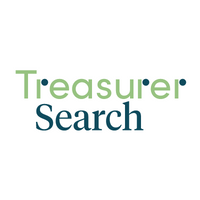 https://treasuryxl.com/wp-content/uploads/2023/03/Treasurer-Search-Logo.png
200
200
treasuryXL
https://treasuryxl.com/wp-content/uploads/2018/07/treasuryXL-logo-300x56.png
treasuryXL2025-10-23 15:43:502025-10-23 15:43:50Group Treasurer @ Treasurer Search
https://treasuryxl.com/wp-content/uploads/2023/03/Treasurer-Search-Logo.png
200
200
treasuryXL
https://treasuryxl.com/wp-content/uploads/2018/07/treasuryXL-logo-300x56.png
treasuryXL2025-10-23 15:43:502025-10-23 15:43:50Group Treasurer @ Treasurer Search https://treasuryxl.com/wp-content/uploads/2024/07/Pieter-Template_BLOGS-Expert-featured.png
200
200
treasuryXL
https://treasuryxl.com/wp-content/uploads/2018/07/treasuryXL-logo-300x56.png
treasuryXL2025-10-23 07:00:172025-10-22 19:32:52From AI to Macro Trends: What Treasurers Took Away from EuroFinance Budapest
https://treasuryxl.com/wp-content/uploads/2024/07/Pieter-Template_BLOGS-Expert-featured.png
200
200
treasuryXL
https://treasuryxl.com/wp-content/uploads/2018/07/treasuryXL-logo-300x56.png
treasuryXL2025-10-23 07:00:172025-10-22 19:32:52From AI to Macro Trends: What Treasurers Took Away from EuroFinance Budapest https://treasuryxl.com/wp-content/uploads/2025/10/Live-Session-TS.png
200
200
treasuryXL
https://treasuryxl.com/wp-content/uploads/2018/07/treasuryXL-logo-300x56.png
treasuryXL2025-10-22 09:02:182025-10-22 09:03:31Live Session: Treasury Education: Skills for Today and Tomorrow
https://treasuryxl.com/wp-content/uploads/2025/10/Live-Session-TS.png
200
200
treasuryXL
https://treasuryxl.com/wp-content/uploads/2018/07/treasuryXL-logo-300x56.png
treasuryXL2025-10-22 09:02:182025-10-22 09:03:31Live Session: Treasury Education: Skills for Today and Tomorrow https://treasuryxl.com/wp-content/uploads/2023/03/Treasurer-Search-Logo.png
200
200
treasuryXL
https://treasuryxl.com/wp-content/uploads/2018/07/treasuryXL-logo-300x56.png
treasuryXL2025-10-21 15:49:472025-10-23 11:36:26Interim Project Manager MT101 to XML @ Treasurer Search
https://treasuryxl.com/wp-content/uploads/2023/03/Treasurer-Search-Logo.png
200
200
treasuryXL
https://treasuryxl.com/wp-content/uploads/2018/07/treasuryXL-logo-300x56.png
treasuryXL2025-10-21 15:49:472025-10-23 11:36:26Interim Project Manager MT101 to XML @ Treasurer Search https://treasuryxl.com/wp-content/uploads/2017/10/Cargolux-1.jpg
200
200
treasuryXL
https://treasuryxl.com/wp-content/uploads/2018/07/treasuryXL-logo-300x56.png
treasuryXL2025-10-21 14:29:052025-10-23 11:36:36Intern Treasury @ Cargolux Airlines
https://treasuryxl.com/wp-content/uploads/2017/10/Cargolux-1.jpg
200
200
treasuryXL
https://treasuryxl.com/wp-content/uploads/2018/07/treasuryXL-logo-300x56.png
treasuryXL2025-10-21 14:29:052025-10-23 11:36:36Intern Treasury @ Cargolux Airlines https://treasuryxl.com/wp-content/uploads/2025/05/VU-program-200-1.png
200
200
treasuryXL
https://treasuryxl.com/wp-content/uploads/2018/07/treasuryXL-logo-300x56.png
treasuryXL2025-10-21 10:00:032025-10-22 10:43:28Information Session for the upcoming module: Fundamentals of Treasury Management
https://treasuryxl.com/wp-content/uploads/2025/05/VU-program-200-1.png
200
200
treasuryXL
https://treasuryxl.com/wp-content/uploads/2018/07/treasuryXL-logo-300x56.png
treasuryXL2025-10-21 10:00:032025-10-22 10:43:28Information Session for the upcoming module: Fundamentals of Treasury Management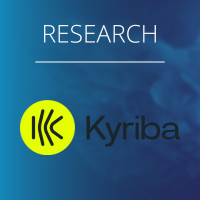 https://treasuryxl.com/wp-content/uploads/2025/10/Blog-Kyriba-8.png
200
200
treasuryXL
https://treasuryxl.com/wp-content/uploads/2018/07/treasuryXL-logo-300x56.png
treasuryXL2025-10-21 07:00:502025-10-20 13:56:06The CFO Risk Radar
https://treasuryxl.com/wp-content/uploads/2025/10/Blog-Kyriba-8.png
200
200
treasuryXL
https://treasuryxl.com/wp-content/uploads/2018/07/treasuryXL-logo-300x56.png
treasuryXL2025-10-21 07:00:502025-10-20 13:56:06The CFO Risk Radar

